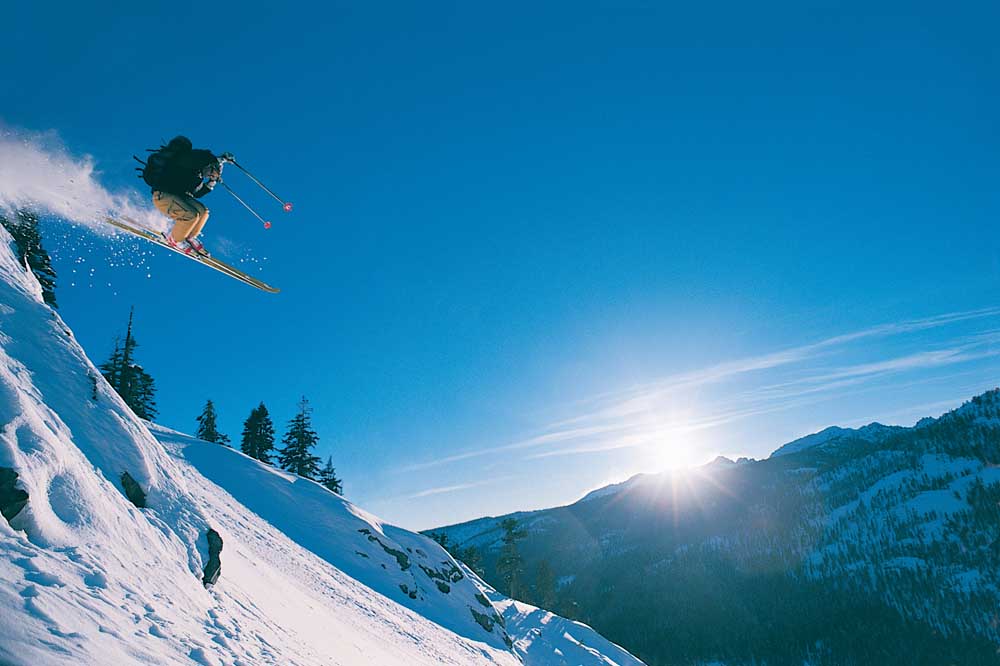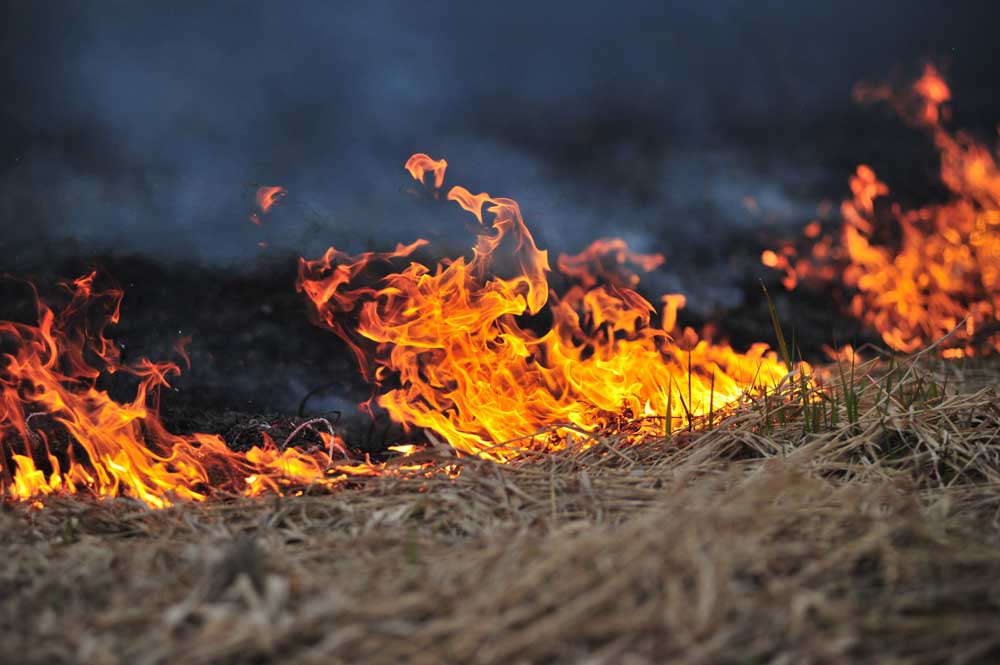What’s app on the ski hill
Published 6:55 am Friday, February 23, 2018

- (Thinkstock)
For many Central Oregon athletes, winter is synonymous with plenty of skiing and snowboarding. And whether these snow sports are your main focus or fun off-season cross-training for summer passions, a multitude of snow-sport-specific apps have arrived. But which one is worth the hassle of pulling off your glove to grab your smartphone to record a session on the hill or while nordic skiing? We tested three of the top ski-minded apps and the reigning multisport app, Strava. All of the apps are available for iOS and Android.
Strava
Before you download the top three snow-sport-specific apps, consider Strava. For many multisport athletes, Strava is a one-stop shop for tracking activity data. Built primarily for cycling, running and swimming, Strava offers a Facebook-like interface where the only consideration is how hard you’ve brought it to your workouts. Strava measures top and average speeds, elevation gain and distance covered. Check out your route on the GPS-powered Google map. The pioneer of the leaderboard, Strava lets users — no matter whether they’re snowboarders, alpine or nordic skiers — create slope or trail segments and see where their best times stack against other people using the app.
Strava also pairs nicely with smartwatches like Garmin and Apple Watch, so you can leave your phone in your car while you hit the slopes.
While the big draw to Strava is documenting and studying your activities, the app does not provide training logs (the digital version of the spiral-bound notebooks athletes use to track their workouts) for snow sports like it does for cycling, running and swimming. That means devoting your winter to snow sports will show nothing but a large goose egg in your training log. This seems like a missed opportunity for Strava. You can still track all of your ski and snowboard sessions through the “my activities” page — like Facebook’s news feed — but its top-to-bottom organization doesn’t lend itself to analysis. Strava is fine if its users are aiming to track the basic stats and show — sometimes with the easy-to-upload photo option — their on-season cycling and running friends that they haven’t been loafing all winter. Strava is free; Strava Premium costs $59.99 each year, or monthly for $7.99.
Ski Tracks
Ski Tracks, the most-downloaded ski app, may well be the inverse of Strava. The emphasis is on all data considerations for your snow sports, and little in the way of social networking.
Featuring a two-tone, blue-and-white interface with a bold font that makes it seem retro, Ski Tracks is an efficient app. Think of it as a control panel for snow sports. The clean main display presents basic stats like your max speed, distance, feet gained and lost and maximum altitude. Strava and virtually all other snow sport-tracking apps do this, too. But Ski Tracks additionally tracks the average degrees of your climbs and descents. Altitude and speed can be scrutinized on line graphs which confirm altitude and time. Hit play on the GPS map and you can watch blue arrows show your progress throughout a map of your session. While there is no social network component, you can share your “track” easily via text message or Facebook, but uploading it to the latter results unimpressively. The post, on which you can comment, features screen grabs of your GPS map. They’re not interactive for you or Facebook friends, and such posts seem out of context on the social network geared toward political rants and musings on puppies. Still, Ski Tracks is ideal for the no-frills winter athlete who wants to examine his or her data every which way and is not concerned about sharing the runs with others. Ski Tracks pairs with Apple Watch, Pebble and Android Wear. Ski Tracks costs 99 cents.
Snocru
This app strives to mesh the social network of Strava and Facebook with snow-resort specificity. When you begin tracking a run, Snocru allows you to select the ski resort you’re at (although it already knows, due to your GPS location). Your sessions are organized according to “my resorts.” The list might become redundant for those not living in Central Oregon with a half-dozen ski resorts within a two-hour drive. Select Mt. Bachelor, for example, and a clean profile, replete with a 7-day weather forecast pops up. Scroll down, and you’re provided with easy-to-view maps of Mt. Bachelor’s many ski runs. Keeping scrolling and you see a leader board — straight from the Strava playbook — that list the top-five athletes with the fastest speeds, most runs and highest number of check-ins. Press on a leader’s name and thumbnail and nothing happens, however, unlike on Strava, which grants you access to users’ public activity feeds.
Using Snocru for the first time during a recent visit to Mt. Bachelor, resulted in being ranked the 31st most-frequent Snocru user at the resort, an indication of what sort of limited networking the app offers.
Another knock to Snocru is the incessant advertisements that non-season pass holders have to click through to use the app, including ones for used secondhand gear chains and, mind-bogglingly, the latest edition of the role-playing video game. A pop-up Snocru banner laments how much “ads suck” — that’s a direct quote — and offers a menu to pay to use the app ad-free, along with picking up some “near me” options, which tells you of other Snocru users who were active during your session (just like Strava’s Fly-by feature, which is also only available to its premium users). Perhaps this is reasonable, but having to click past an advertisement when you’re on top of the hill, ready to ride or ski, just to begin recording the session is a buzz-kill. A yearly Snocru “season pass” costs $27.99; monthly for $4.99.
Trace Snow
This app offers another stab at re-creating the social media labyrinth that is Strava. Trace Snow features a clean display of each “session.” After you’ve logged a session, Trace Snow offers the simple, intuitive option to click through each of the session’s runs down the hill, one by one. Each run, which is displayed on a GPS map, lists your jumps, (a fun, quirky feature) along with the vertical feet you lost and your maximum speed. Click down on the menu and your further indulged in sustained and average speeds and slope time. Additional locked statistics (which means you have to pay to see them) include interesting tidbits like airtime, max slope, average slope, lift time and resting time. Sharing a recent session to social media, like Facebook, allows friends to click to a page detailing your activity’s statistics, along with overall user rankings. If you had been proud of your maximum mph before you shared it, you might be dismayed that spreading word of your seemingly impressive max speed of 28 mph actually lands you the impossibly low ranking of 28,000th among the speediest Trace Snow users.
Invite friends to join Trace Snow by allowing the app to access your phone’s contacts, although you may have a tough time convincing them to switch from, say, multisport Strava. •








